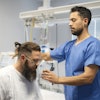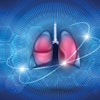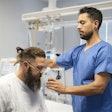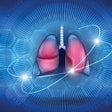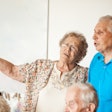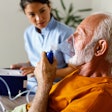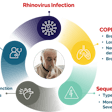
Pulmonary rehabilitation (PR) is critical to the treatment of patients with COPD. It is also difficult to access for millions of Americans. A new pilot study has found that software-enabled, virtual pulmonary rehabilitation with remote therapeutic monitoring could offer an alternative model that increases PR access for those unable or unwilling to attend in-person, center-based rehab.
The study, published in the International Journal of Chronic Obstructive Pulmonary Disease, recruited 48 adult participants with COPD who had been referred for PR. The participants selected either center-based PR or virtual PR and were provided with a six-to-eight-week personalized exercise and COPD management educational program. The virtual group also received weekly phone calls to check on their progress.
Of those who were enrolled, 40 completed the intervention. Four participants from each group withdrew due to reasons related to health issues of their own or their spouse, no shows or time constraints.
Adherence to the exercise program was more than 80% in both groups, and the virtual group scored the software as having high usability. Both groups improved their six-minute walk test (6MWT) distances significantly, along with other health scores. The researchers said these results underscored the feasibility and efficacy of the virtual program compared to the in-person, center-based program.
“We found the [virtual and remote monitoring] platform is feasible and usable in supporting virtual, remote, asynchronous PR involving a weekly review of the participant’s progress using the remote monitoring dashboard and a phone call from the clinician to the participant,” the researchers wrote. “In addition, we found that the average change in 6MWT distance, comparing baseline vs. follow-up, exceeded the minimal clinically important differences (MCID) in both groups and there was no significant difference between the two groups.”


